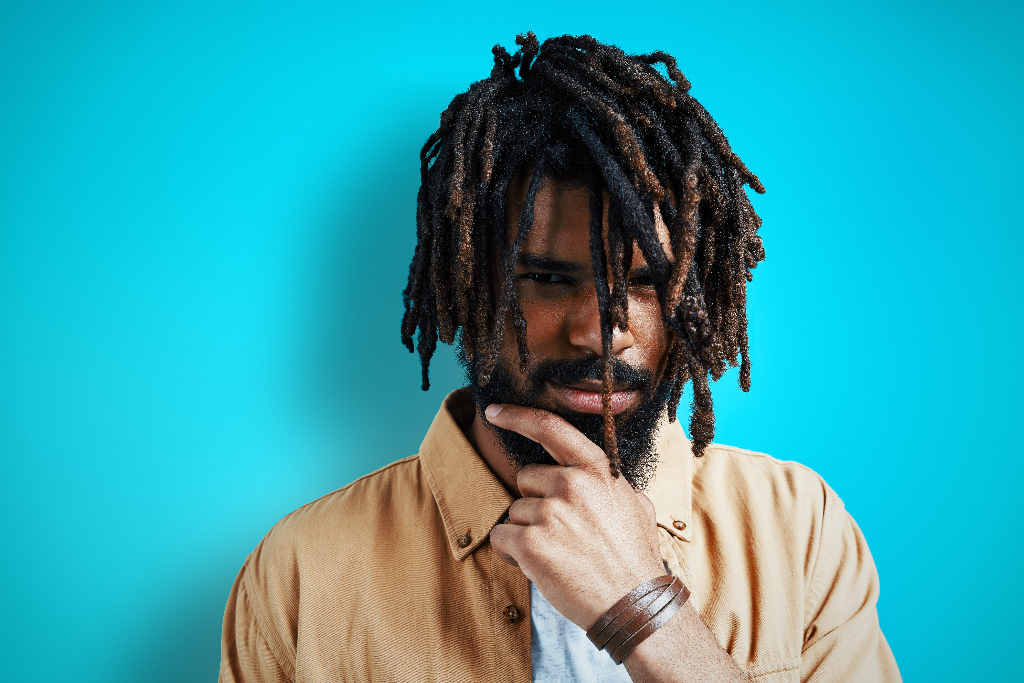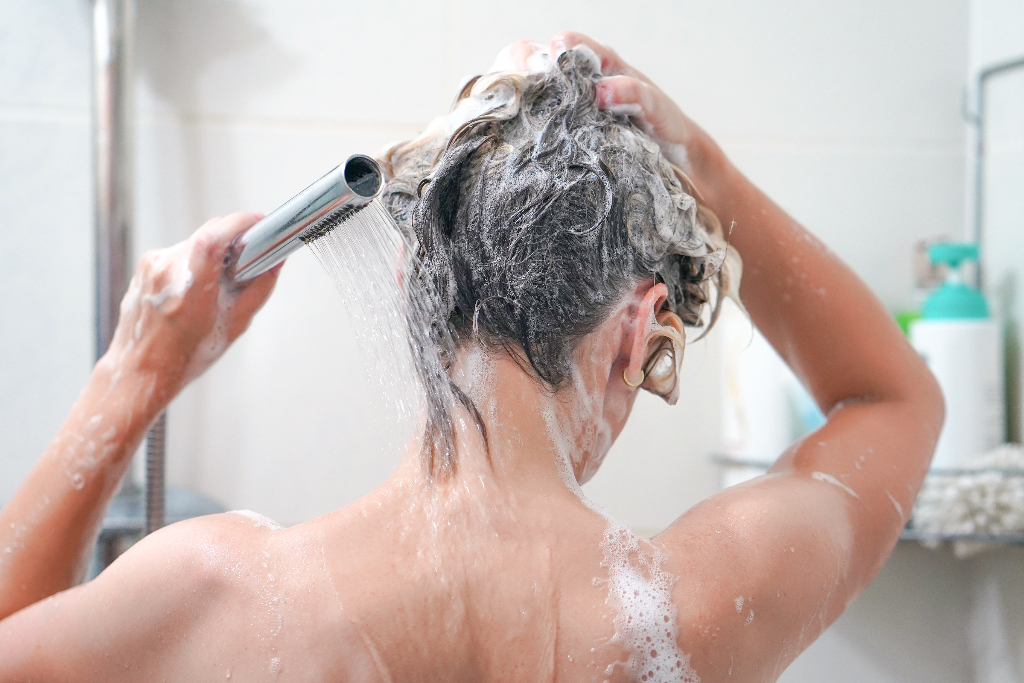If you’ve been looking for a hassle-free hairstyle, you may have considered dreads. With dreads, you never have to contend with styling your hair, as you already have a set style. The decision may be difficult when deciding on the type of dreads to get because there are several different types you can choose from. Here is an overview of rope dreads vs. locs, which will hopefully help you decide which style you would like best.
What are rope dreads?

While many believe that rope dreads and dread locs are the same styles, they aren’t. Rope dreads, or dreadlocks, are when the hair is twisted into matted locks that can grow quite long if properly cared for. These locks are often different lengths and can look rope-like in appearance, which most people with dreadlocks desire. Some popular celebrities who have worn rope dreads or currently wear them are Whoopi Goldberg, Lil Wayne, Lisa Bonnet, Lenny Kravitz, and Stevie Wonder, among many others.
What are locs?

Locs is a hairstyle similar to dreads, but there are some distinct differences. However, the terms dreadlocks and locks, among similar names, are used interchangeably to describe the different hairstyles but don’t stress yourself out trying to distinguish between the different styles. For many people, these hairstyles are so similar that they don’t notice the differences. Dreads are dreads, regardless of whether they’re rope dreads, short locs, or something different, to many people, even those who are very knowledgeable about these hairstyles.
Different types of locs
There are so many different types of locs that you won’t possibly be able to keep track of all the different names, and here are overviews of just some of the most popular types. There are traditional locs, which are larger in size, and then there are sister locs, which are a trademarked pattern style that has become very popular among women. Sister locs are about half the size of the traditional ones. There are also micro locs, which are extremely thin, hair-strand sized locs, and faux locs, which are temporary locs that use added hair to create.
Caring for your dreads or locs

Regardless of whether you opt for rope dreads or locs, you will need to ensure that you properly care for your hair to keep it in the best condition possible. What is proper care for your locked hair? First of all, you need to wash and condition your hair on a regular basis. It’s ideal to wash your locked hair every 7-10 days for the best results.
If you wash your dreads more often, your hair may not dry completely, and the excessive moisture could lead to the growth of mold. No one wants “dread rot” growing in their hair, which is why you need to stick to a regular wash schedule, especially if you have very thick hair. Even if your hair isn’t thick, locked hair can prevent air from drying your locks completely, which is one way that dread rot begins.
On wash day, make sure to shampoo and rinse at least two or three times, and be sure to condition and also use a leave-in conditioner, as well. It’s best to use products that were created especially for dreads, which will keep your dreads in optimal shape. After washing and conditioning, it’s best to dry your dreads under a hooded dryer, where you can sit for 45 minutes or so or until they’re completely dry. If you don’t have a hooded dryer, a hand dryer will suffice as long as you ensure you dry your hair thoroughly.
Failing to wash your hair at least once every week to 10 days can result in an itchy, irritated scalp, buildup on your face and scalp, dry, brittle hair, and even breakage. Washing your dreads doesn’t have to be a huge, stressful event, and it can be pretty quick to do while you’re in the shower.
You need to retwist regularly
In order to properly maintain your dreads or locs, you need to regularly retwist them in order to keep them neat and healthy. What does retwisting entail? Approximately every 4-6 weeks, you will need to retwist your locks in order to incorporate the new growth into each loc. It can seem like a stressful, tedious process, but it doesn’t have to be.
If you don’t have the patience or time, or you’re concerned about not doing it properly, there are always hair salons that you can go to that specialize in caring for dreads and locs at all stages. If you want to save money, there are many video tutorials available online that can walk you step-by-step through the process of retwisting. Perhaps a friend or loved one could retwist them for you.
Before you retwist, you need to thoroughly shampoo your hair and don’t forget to condition it. Your new growth will lock-up faster, and your locks will look a lot more cared for if you start with clean, freshly washed, and conditioned hair.
There is an abundance of twist and lock products to choose from
With the abundance and twist and lock products currently on the market, you may have difficulty choosing the right ones. When deciding on a specific shampoo, conditioner, and lock gel, it’s best to choose products that are all-natural and free from preservatives and undesirable ingredients like alcohol, synthetic ingredients, parabens, and artificial fragrances. It’s best to look for products containing aloe vera, minerals, plant extracts, and other natural ingredients conducive to healthy dreads.
Conclusion
Many people use the terms dreadlocks, rope dreads, dreads, and locs interchangeably, which is fine as long as you know what they’re referring to. If you opt to get your dreads done professionally, then you will need to specify what type of dreads you desire since there are so many. Regardless of the type of dreads you choose, hopefully, they will make you look and feel happy and attractive.

